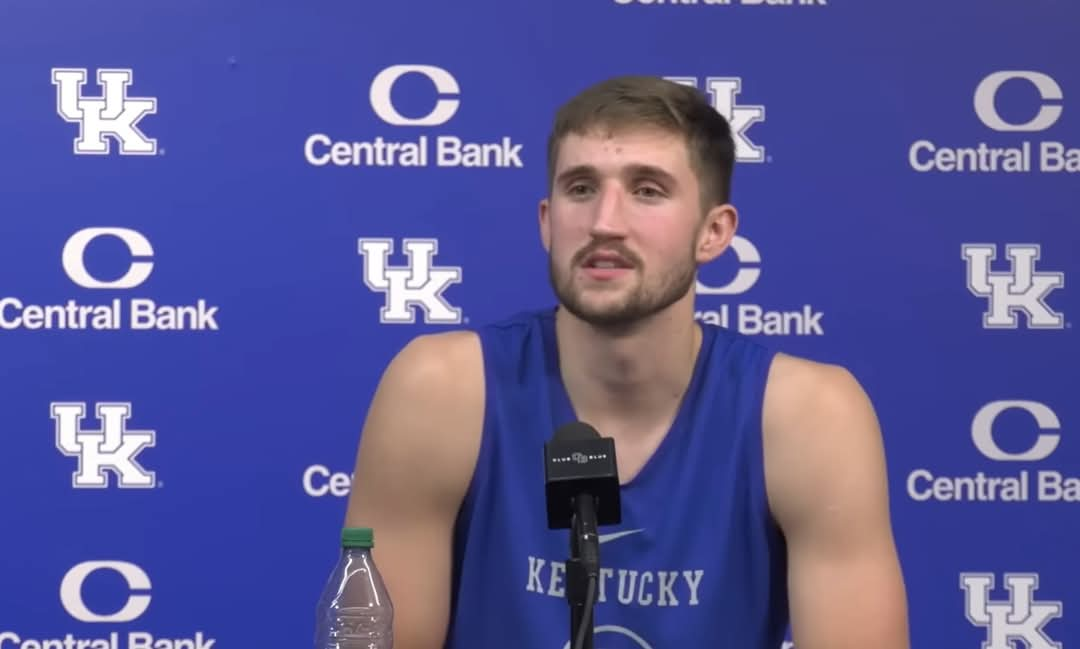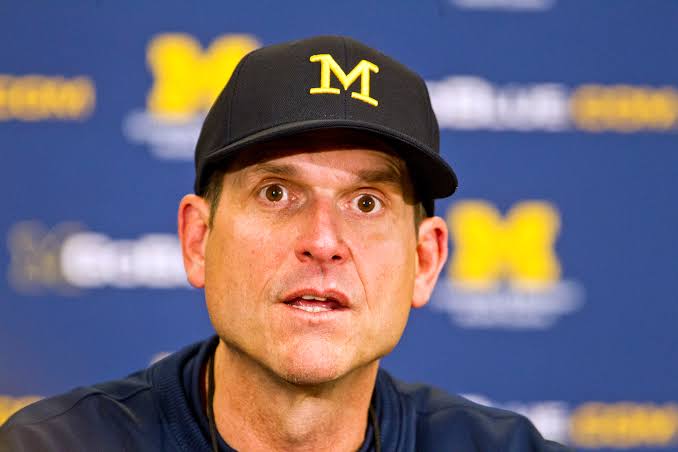The University of Wisconsin football program is facing a wave of setbacks in its recruiting efforts for the Class of 2026, following the recent decommitment of one of its top-rated players, Zachary Taylor. The three-star defensive back from Texas has officially flipped his commitment from Wisconsin to Texas Christian University (TCU), dealing another blow to the Badgers’ already shaky recruiting class.
Taylor initially committed to the Badgers on June 14, 2025, following an official visit that appeared to have sealed his decision. He chose Wisconsin over several other programs including Texas Tech, the University of Houston, and TCU. The decision was seen as a major win for the Badgers at the time, particularly given Taylor’s stature within recruiting circles. According to 247Sports, Taylor is ranked No. 560 nationally in the 2026 class, is considered the 44th-best cornerback, and is the 76th overall prospect in the football-rich state of Texas.
Taylor’s commitment had elevated optimism within the Wisconsin coaching staff, as he was one of the more notable recruits from the team’s official visit weekend earlier in June. Alongside elite talents like Amari Latimer and Jayden Petit, Taylor represented a foundation for a strong 2026 class. His reversal, however, marks yet another sign of instability for the Badgers’ recruiting campaign. With Taylor’s exit, Wisconsin now has only 14 commits in the 2026 cycle. Consequently, its national recruiting ranking has dropped significantly to No. 58, while its standing within the Big Ten has also declined, falling to 15th place.
On the flip side, TCU gains a valuable asset. The Horned Frogs now have 20 players committed in their 2026 class, which currently ranks 33rd in the nation. Taylor is now considered the highest-rated three-star prospect in TCU’s recruiting group, boosting their profile and bolstering their defensive backfield for the future.
Wisconsin’s situation reflects a broader trend of difficulty in maintaining top talent during what has become a particularly turbulent recruiting cycle. The Badgers once enjoyed a top-25 recruiting position for the 2024 and 2025 classes, but the 2026 campaign has failed to replicate that success. Analysts point to the team’s underwhelming 2024 season as a potential reason for the dip. A lack of on-field success often translates to recruiting struggles, especially in today’s highly competitive college football landscape, where players are not only looking for strong academics and facilities, but also national visibility, playoff potential, and coaching stability.
Furthermore, many of Wisconsin’s top 2026 targets have already committed elsewhere, making it increasingly unlikely that the program can rebound and climb back up the recruiting rankings for this cycle. Recruiting momentum is crucial, and right now, it seems to be slipping away from the Badgers. The departure of a recruit like Taylor doesn’t just affect depth charts — it also impacts morale, perception, and future recruiting pitches.
Despite the gloomy outlook, there is still hope for a turnaround. Should Wisconsin manage to engineer a successful bounce-back season in 2025, it could influence the 2027 class in a positive direction. A strong performance on the field, coupled with renewed energy on the recruiting trail, might revitalize the program’s appeal to elite high school talent. That said, it would require a coordinated effort across coaching, player development, and alumni support to counteract the current downward trend.
In addition to Taylor’s flip, Wisconsin has seen other recruiting news that has further complicated its outlook. Another major story this week reported a broader fall in Wisconsin’s 2026 recruiting rankings following a spate of decommitments and underwhelming additions. The Badgers have been unable to replace their top prospects with players of equivalent caliber, creating a talent gap that could persist into future seasons.
At the same time, Badgers Wire published a comprehensive ranking of all 18 defensive lines across the Big Ten Conference, placing Wisconsin’s unit somewhere in the middle tier. While the team has shown flashes of strength on the defensive line, inconsistency and lack of depth have kept them from being considered elite at the position. These evaluations may also influence recruits’ decisions, particularly defensive players like Taylor who are looking for a team with a strong front seven to play behind.
On a more logistical note, Wisconsin football also released details about the upcoming 2025 season, including ticket information, game schedules, and broadcast options. The announcement comes as part of the university’s efforts to maintain fan engagement during a time of uncertainty. With marquee matchups ahead and a chance for the team to prove itself once more on the field, the Badgers are betting on a combination of strong home support and improved performance to rebuild their image.
Meanwhile, the rest of the Big Ten continues to strengthen. Updated 2026 recruiting rankings by average player rating reveal that several conference rivals are pulling ahead, creating a more competitive environment that leaves little room for missteps. Powerhouse programs like Michigan, Ohio State, and Penn State continue to attract top-tier talent, while even traditionally middle-of-the-pack schools are showing gains, placing more pressure on Wisconsin to adjust its recruiting strategy.
The message is clear: without immediate action, Wisconsin risks falling even further behind. Losing a recruit like Zachary Taylor might seem like a single misstep, but in context, it’s part of a larger pattern of declining recruiting success, waning on-field results, and the growing challenge of competing in an increasingly cutthroat Big Ten and national landscape.
To reverse course, Wisconsin will need to revamp how it connects with recruits. Whether that means investing more in NIL opportunities, adjusting its recruiting pitches, improving coaching retention, or simply winning more games, it’s apparent that change is needed. With the college football landscape evolving rapidly due to realignment, player movement, and media dynamics, programs that fail to adapt risk becoming irrelevant.
For now, fans are left hoping that the upcoming 2025 season will deliver something to cheer about — and something that will inspire confidence among future recruits. A single season may not solve all the program’s issues, but a resurgence on the field can often be the spark that sets everything else in motion. Until then, the Badgers’ staff will have to fight hard to salvage what they can from the 2026 recruiting class and begin preparing for a better outcome in 2027.



